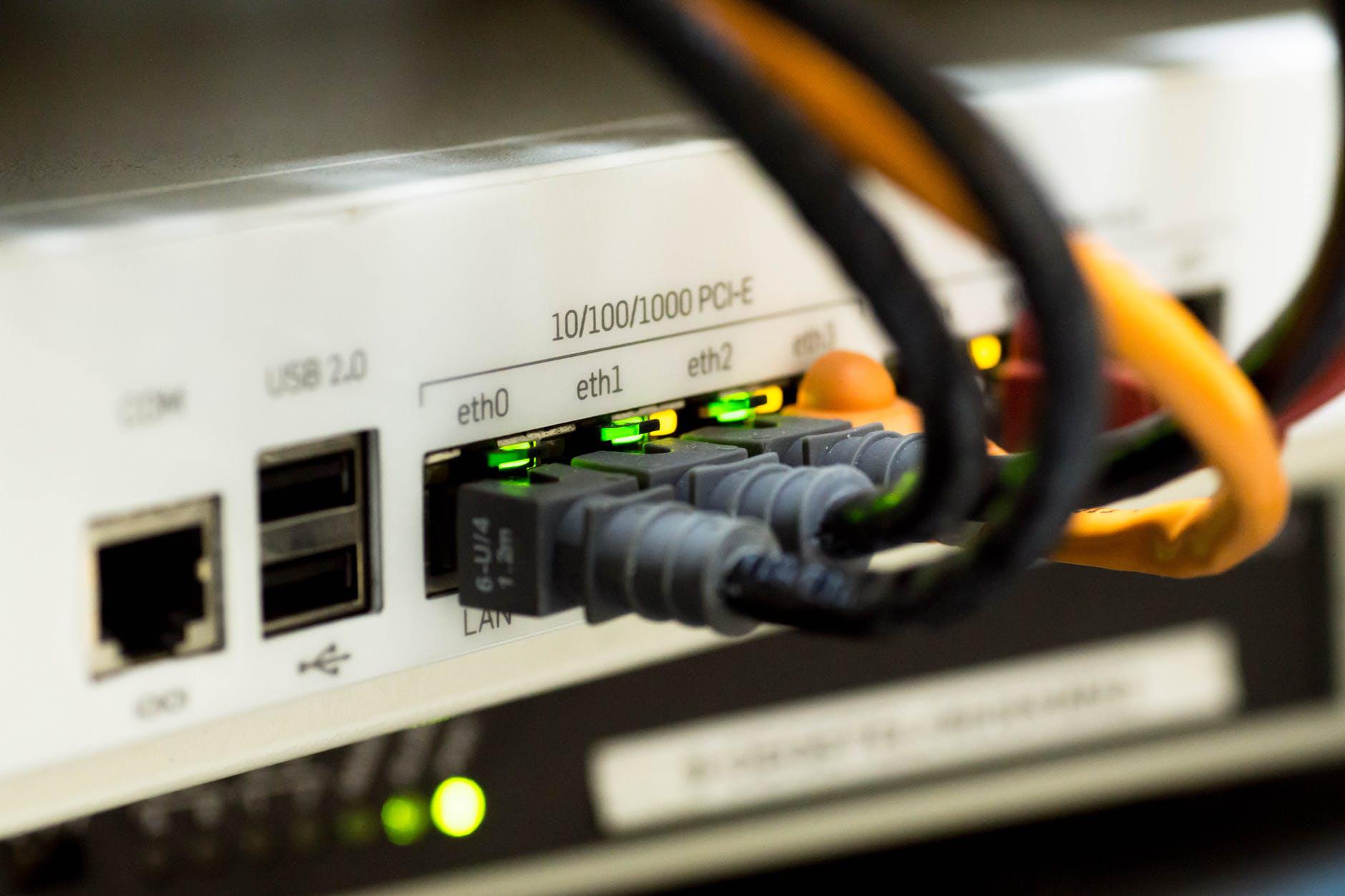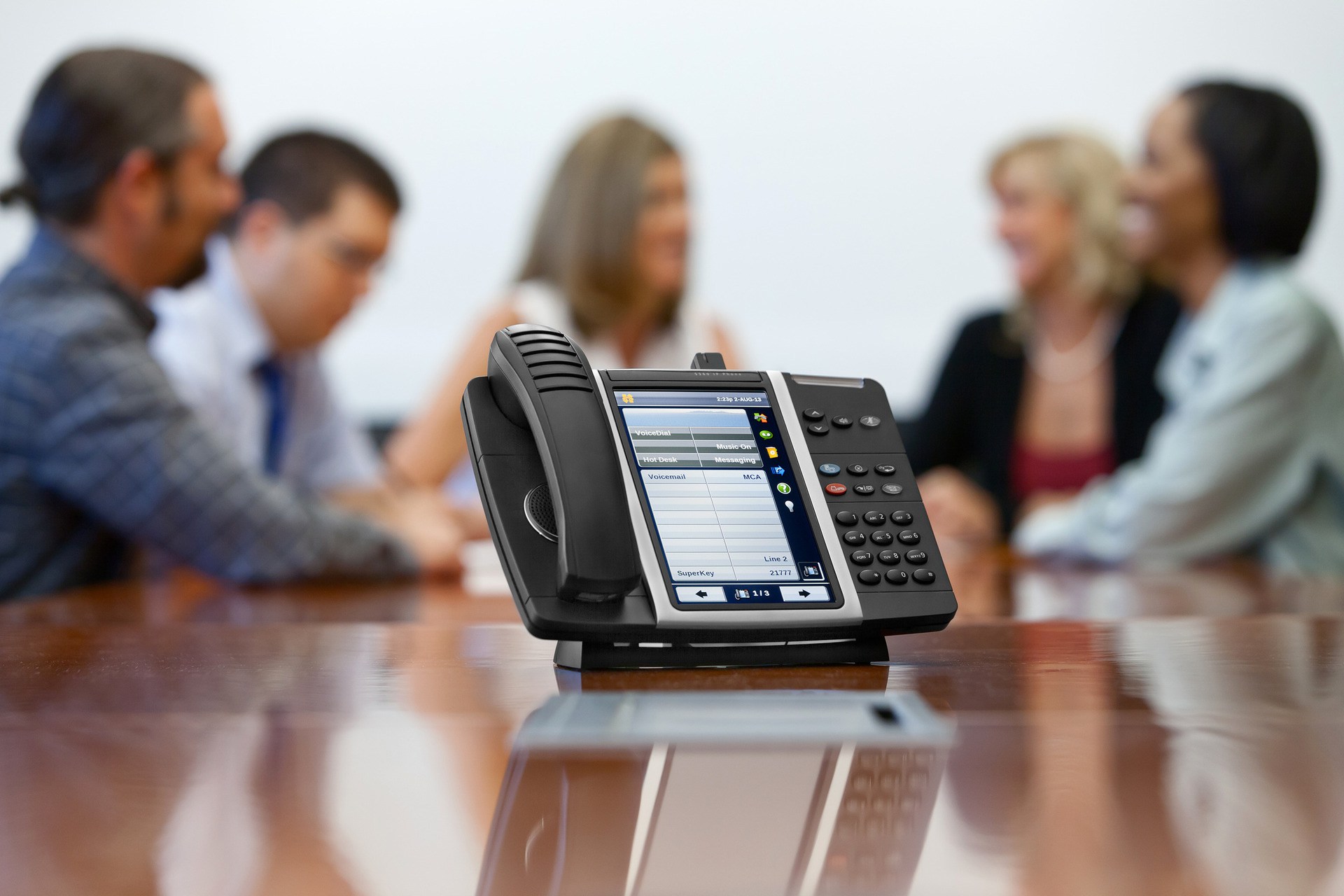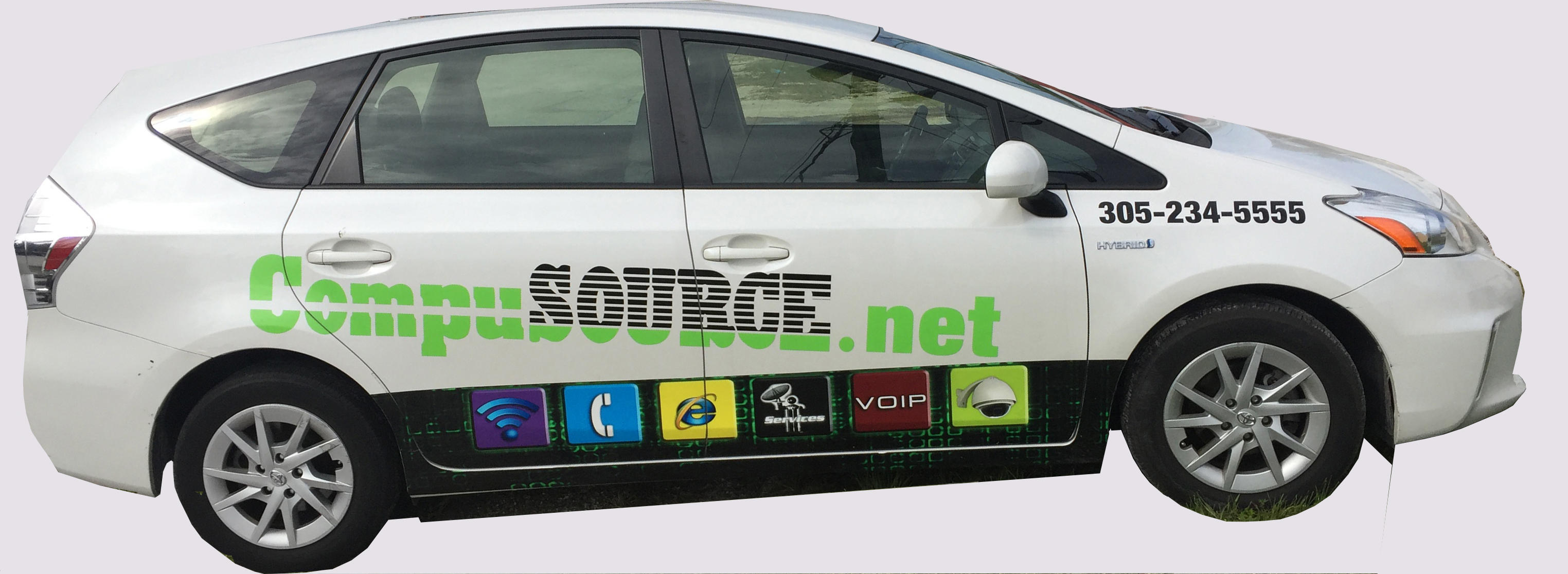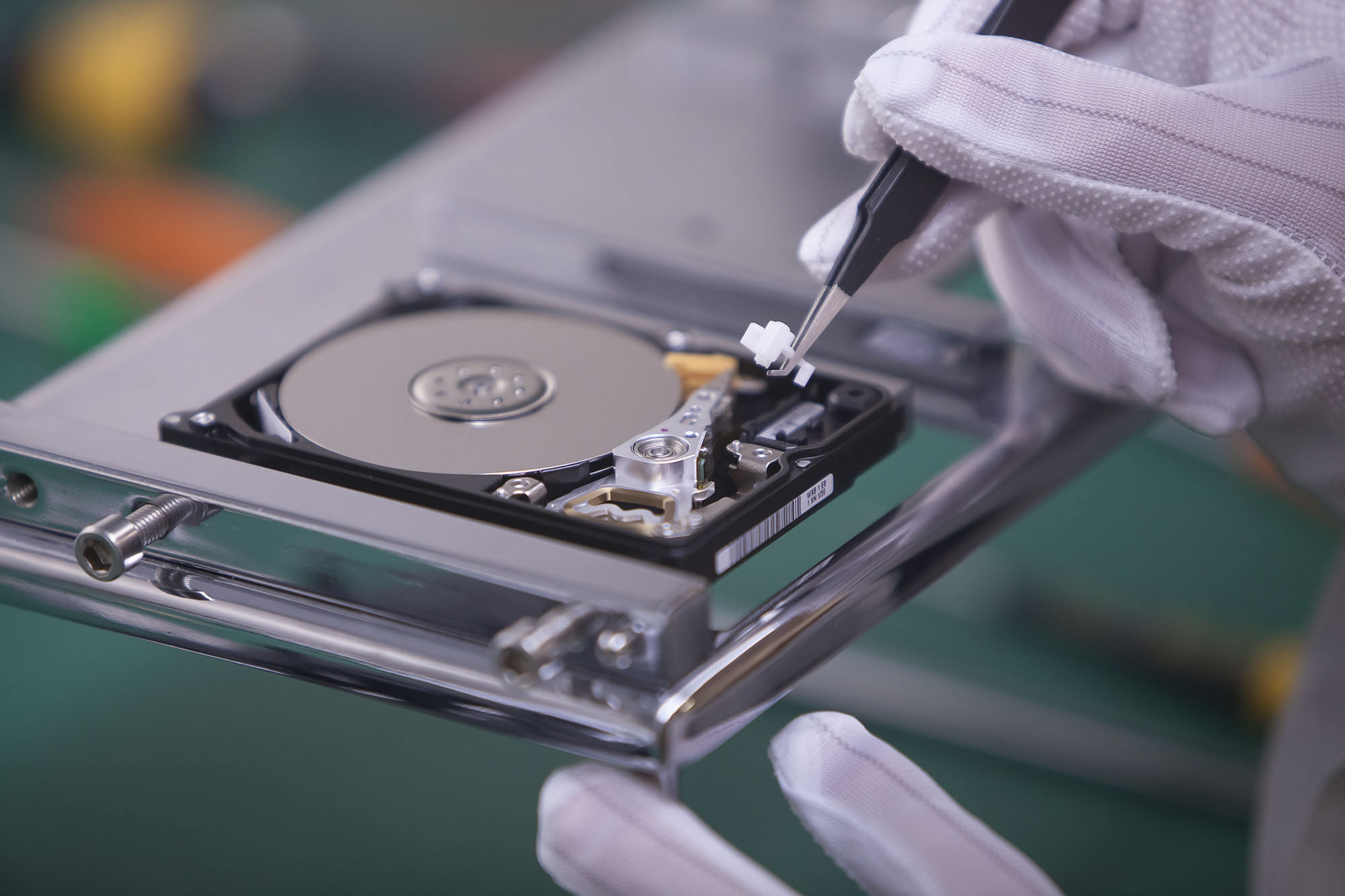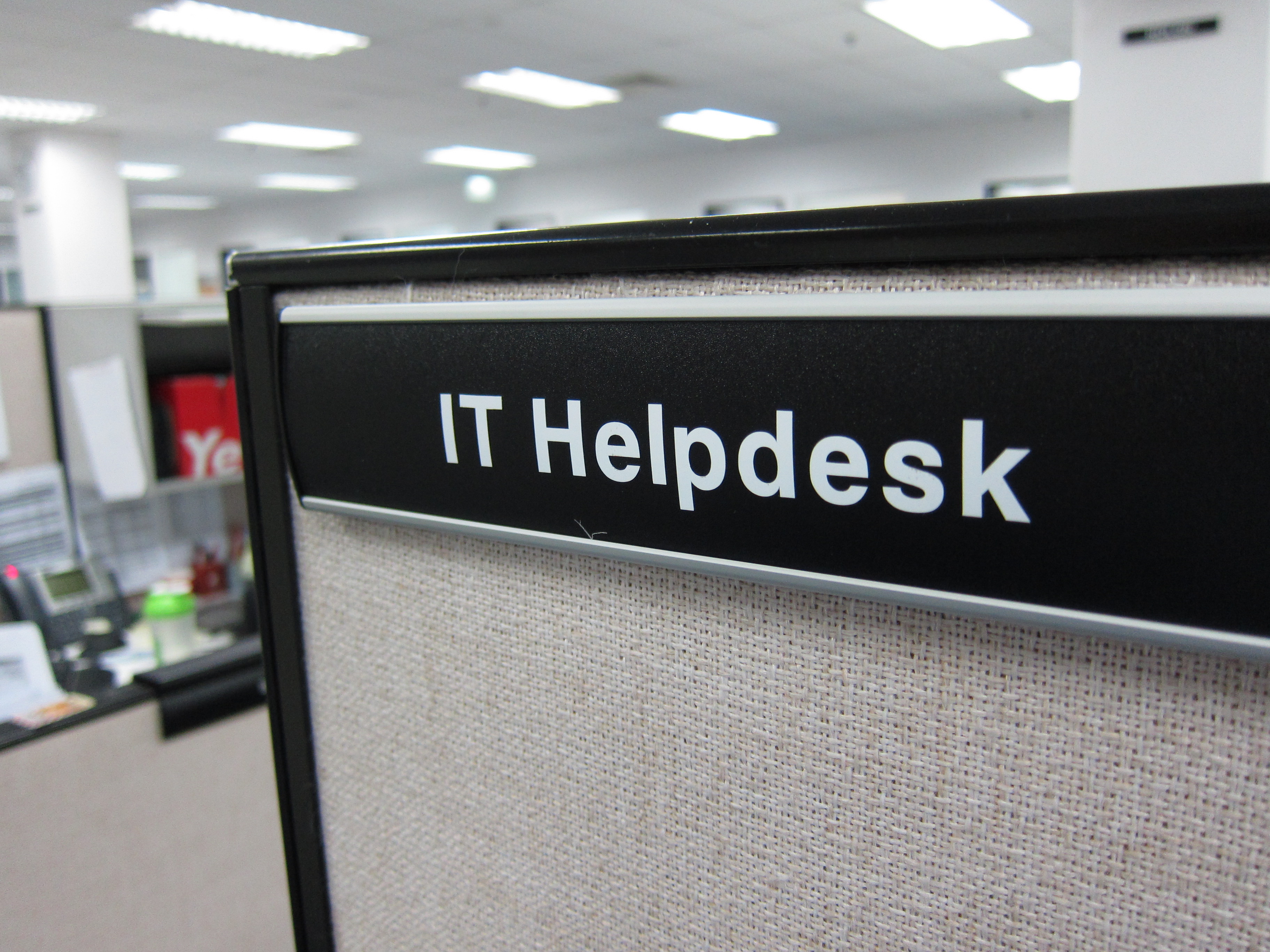Digital Ggroup Marketing
digital group marketing
ASE Fiber
ATT Partner Exchange
CompuSOURCE.net
5 September 2017 at 22:02 ·
Dear customers,
The National Weather Service is currently projecting a track for Hurricane Irma that could result in impact to the Greater Miami area as early as Sunday, September 10th. The storm is forecasted to remain at Category 5 strength over the next several days as it passes over or near the Leeward Islands, Puerto Rico, and the Dominican Republic.
In preparation, CompuSOURCE has implemented its standard emergency response.
Protect Data
You’ll need to ensure that you have a complete, restorable backup of your computer files and servers. We recommend a hybrid-cloud image-based backup that can be used to restore data and applications even if your server is destroyed, and that can restore data from different points in time. If your business still uses tape or another media backup, be sure to take the backup offsite.
Protect from Water and Wind
If your business is in a flood zone, you’ll need to protect your IT equipment. When a major storm is predicted, elevate your CPUs, printers, servers, and other network devices, as well as other electrical appliances like space heaters of the floor. For high winds, move computers away from windows. If there is a possibility of water leakage, cover computer equipment with plastic.
Protect from Power Issues
Power outages and surges also cause issues for IT equipment. Your server and possibly computers should be plugged into a UPS – uninterruptible power supply – to allow them to keep running for a short time when the primary power source is lost.
If, however, your business is vulnerable to storm surge and flooding, and if you don’t need your computers on for remote access, or if you use cloud software applications, you might consider turning off your computer equipment including printers, desktop computers, monitors and laptops. Give us a call to help you shutting down your servers properly along with your network switches, firewalls, routers, telephones, surge protectors and battery packs. If you disconnect cables, be sure to label everything so it will be plugged in properly after the storm. If you do unplug, expect it to take longer to get back online after the storm.
Dear customers,
The National Weather Service is currently projecting a track for Hurricane Irma that could result in impact to the Greater Miami area as early as Sunday, September 10th. The storm is forecasted to remain at Category 5 strength over the next several days as it passes over or near the Leeward Islands, Puerto Rico, and the Dominican Republic.
In preparation, CompuSOURCE has implemented its standard emergency response.
Protect Data
You’ll need to ensure that you have a complete, restorable backup of your computer files and servers. We recommend a hybrid-cloud image-based backup that can be used to restore data and applications even if your server is destroyed, and that can restore data from different points in time. If your business still uses tape or another media backup, be sure to take the backup offsite.
Protect from Water and Wind
If your business is in a flood zone, you’ll need to protect your IT equipment. When a major storm is predicted, elevate your CPUs, printers, servers, and other network devices, as well as other electrical appliances like space heaters of the floor. For high winds, move computers away from windows. If there is a possibility of water leakage, cover computer equipment with plastic.
Protect from Power Issues
Power outages and surges also cause issues for IT equipment. Your server and possibly computers should be plugged into a UPS – uninterruptible power supply – to allow them to keep running for a short time when the primary power source is lost.
If, however, your business is vulnerable to storm surge and flooding, and if you don’t need your computers on for remote access, or if you use cloud software applications, you might consider turning off your computer equipment including printers, desktop computers, monitors and laptops. Give us a call to help you shutting down your servers properly along with your network switches, firewalls, routers, telephones, surge protectors and battery packs. If you disconnect cables, be sure to label everything so it will be plugged in properly after the storm. If you do unplug, expect it to take longer to get back online after the storm.


